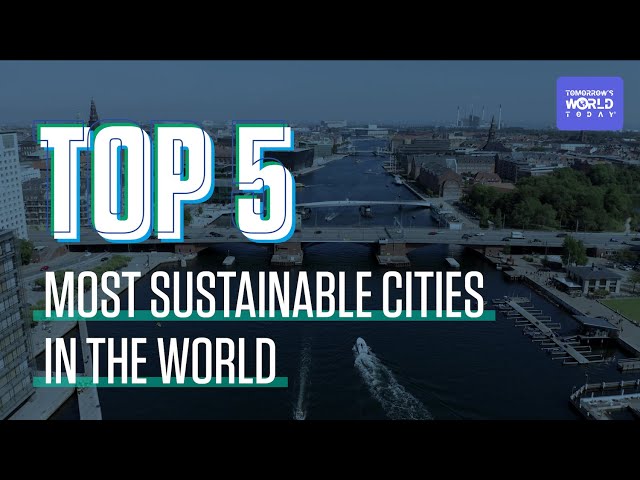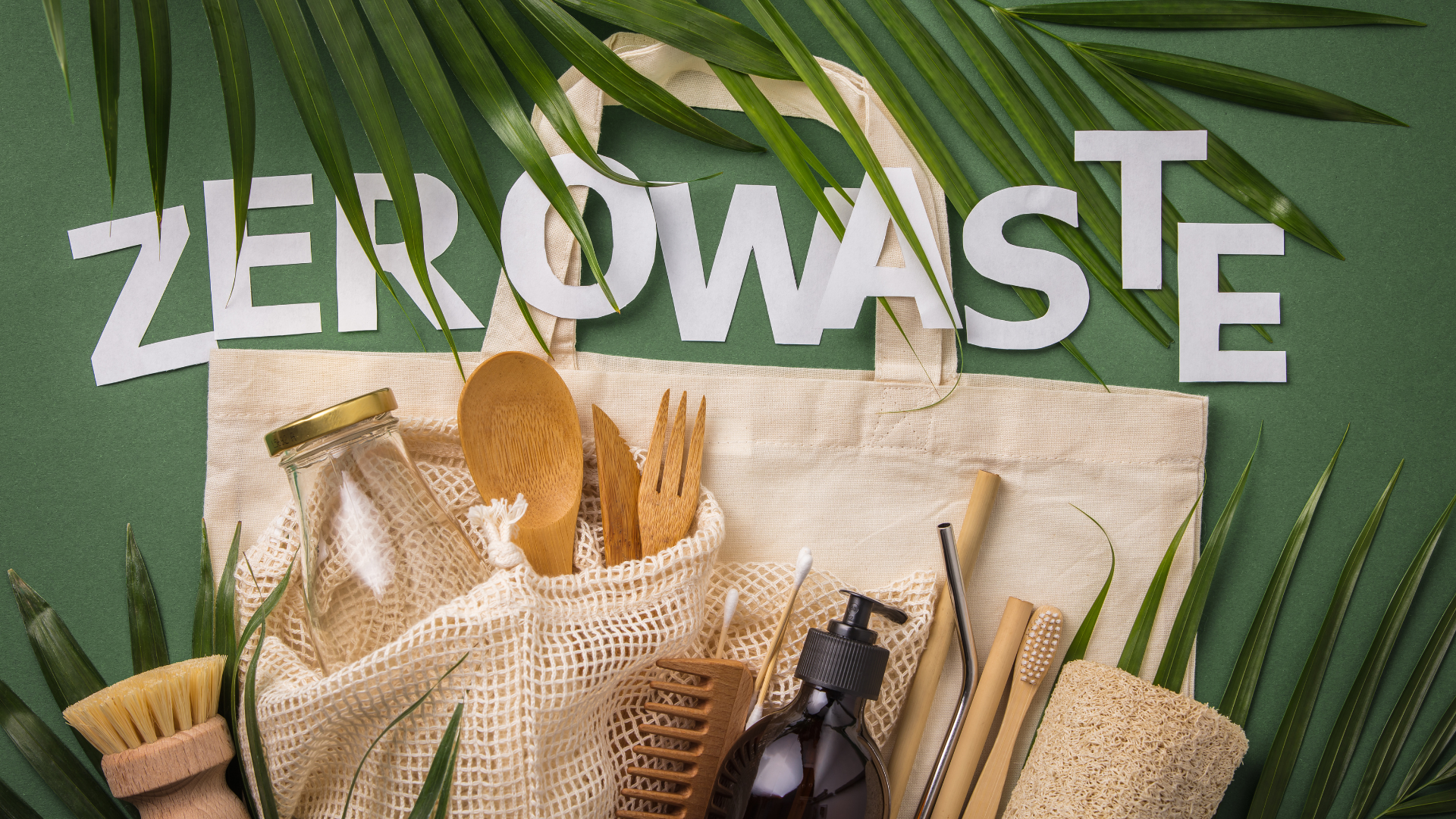In the world of fashion and textiles, spandex (also known as elastane or Lycra) is revered for its incredible elasticity. It's a staple in athletic wear, undergarments, and stretchable clothing, appreciated for its ability to return to its original shape after stretching. However, the question, "Is spandex toxic?" has been a topic of concern for consumers aiming for a healthier, more sustainable lifestyle.
Understanding Spandex: Composition and Uses
Spandex is a synthetic fiber known for its exceptional elasticity. It's made from a polymer called polyurethane, which is chemically synthesized from compounds derived from petroleum. This versatile fabric can stretch up to five times its original length, making it an ideal component in various clothing types where flexibility is desired.
The Production Process
The production of spandex involves several chemical reactions, starting with the prepolymer, which is further processed into fibers through a procedure called dry spinning. This process involves several chemicals, some of which raise concerns about their impact on human health and the environment.
Health Implications of Spandex
Concerns about the toxicity of spandex primarily stem from the chemicals used in its production. Substances like toluene diisocyanate (TDI), which is used in the synthesis of polyurethane, have been identified as potential health hazards.
Skin Contact and Allergies
Direct skin contact with spandex-containing garments can sometimes lead to allergic reactions. Symptoms may include redness, itching, and dermatitis, particularly in individuals with sensitive skin or existing allergies.
Off-Gassing of Chemicals
There is also concern about the off-gassing of volatile organic compounds (VOCs) from spandex products. These VOCs can contribute to indoor air pollution and may pose health risks when inhaled over prolonged periods.
Environmental Impact of Spandex
The environmental footprint of spandex is significant, primarily due to its petroleum-based origin and the energy-intensive production processes. The non-biodegradable nature of spandex contributes to the growing problem of textile waste.
Energy Consumption and Emissions
The synthesis of spandex is energy-intensive, contributing to high carbon emissions. Moreover, the non-renewable petroleum resources required for the production of polyurethane highlight the unsustainable aspects of spandex manufacturing.
Water Pollution
Chemical discharges from spandex manufacturing facilities can lead to water pollution, affecting aquatic life and potentially entering human water supplies. Strict regulations and better waste management practices are essential to mitigate these impacts.
Alternatives to Spandex
As awareness of spandex's potential health and environmental risks grows, consumers and manufacturers are turning to more sustainable alternatives.
Natural Fibers
Options like organic cotton, wool, and bamboo offer elasticity and comfort without the associated chemical concerns. These natural fibers are renewable, biodegradable, and generally more environmentally friendly.
Recycled and Bio-Based Elastomers
Technological advancements have led to the development of recycled and bio-based elastomers that provide similar properties to spandex but with a lower environmental impact. These innovations are crucial in the transition towards more sustainable textiles.
FAQs About Spandex and Its Safety
Is wearing spandex harmful to my health?
While spandex is generally safe for most people, those with sensitive skin or allergies might experience reactions. Choosing high-quality, certified textiles can mitigate these risks.
Can spandex contribute to environmental pollution?
Yes, the production and disposal of spandex contribute to environmental pollution due to its synthetic nature and the chemicals involved in its manufacturing.
Are there eco-friendly alternatives to spandex?
Yes, natural fibers like organic cotton and innovations in recycled and bio-based elastomers are excellent alternatives that offer reduced environmental impact.
How can I minimize the risks associated with spandex?
Opt for spandex garments from reputable manufacturers who adhere to strict environmental and health standards. Also, consider choosing garments with a lower percentage of spandex blended with natural fibers.
Is recycled spandex available?
Yes, recycled spandex is becoming more available as the textile industry seeks to improve its sustainability practices.
Conclusion: Weighing the Benefits Against the Risks
While spandex offers undeniable benefits in terms of comfort and flexibility, the potential health and environmental risks cannot be ignored. By opting for sustainable alternatives and supporting innovations in textile manufacturing, consumers can enjoy the benefits of elastic fabrics without compromising their health or the planet.
Explore more about sustainable living and eco-friendly products on our Sustai Market Blog and learn how small changes in your lifestyle can lead to significant environmental impacts.


















